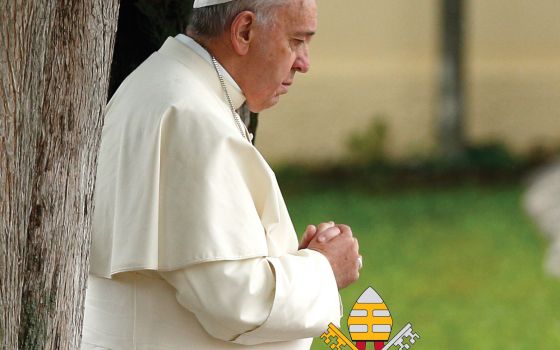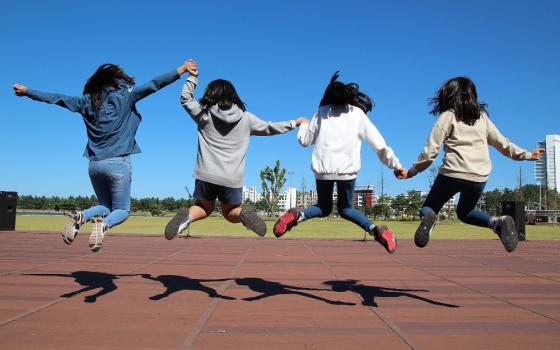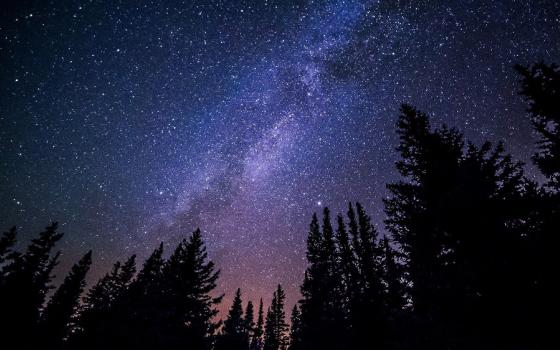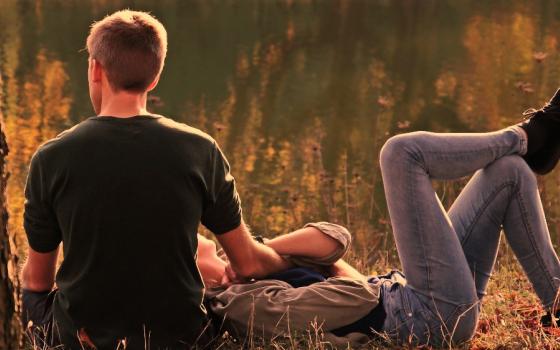READ
Chapter 6, section 4: Joy and Peace
In this section on joy and peace, Pope Francis encourages a Christian spirituality that includes a "contemplative lifestyle, one capable of deep enjoyment free of the obsession with consumption." He explains: "To be serenely present to each reality, however small it may be, opens us to much greater horizons of understanding and personal fulfilment. Christian spirituality proposes a growth marked by moderation and the capacity to be happy with little." Furthermore: "It is a return to that simplicity which allows us to stop and appreciate the small things, to be grateful for the opportunities which life affords us, to be spiritually detached from what we possess, and not to succumb to sadness for what we lack" (222).
Then, the pope says we should avoid temptations to dominate others and to accumulate pleasures. He explains: "Such sobriety, when lived freely and consciously, is liberating. It is not a lesser life or one lived with less intensity. On the contrary, it is a way of living life to the full… Happiness means knowing how to limit some needs which only diminish us, and being open to the many different possibilities which life can offer" (223).
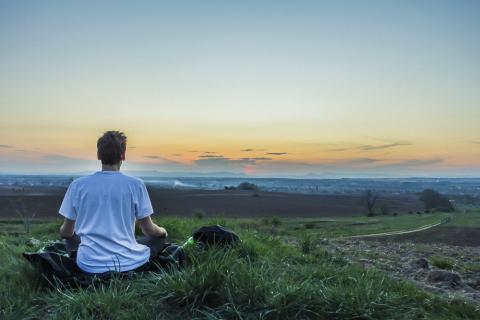
(Wikimedia Commons/Pedrocastillo09)
Cultivating sobriety and humility are linked to environmental protection too, since the absence of such virtues causes a number of imbalances. Francis writes: "It is no longer enough to speak only of the integrity of ecosystems. We have to dare to speak of the integrity of human life, of the need to promote and unify all the great values. Once we lose our humility, and become enthralled with the possibility of limitless mastery over everything, we inevitably end up harming society and the environment" (224).
REFLECT
To live life to the fullest, Francis insists we must cultivate inner peace.
Our spirituality can help us determine what peace looks like. Francis offers this view: "Inner peace is closely related to care for ecology and for the common good because, lived out authentically, it is reflected in a balanced lifestyle together with a capacity for wonder which takes us to a deeper understanding of life. Nature is filled with words of love, but how can we listen to them amid constant noise, interminable and nerve-wracking distractions, or the cult of appearances? Many people today sense a profound imbalance which drives them to frenetic activity and makes them feel busy, in a constant hurry which in turn leads them to ride rough-shod over everything around them. This too affects how they treat the environment. An integral ecology includes taking time to recover a serene harmony with creation, reflecting on our lifestyle and our ideals, and contemplating the Creator who lives among us and surrounds us, whose presence 'must not be contrived but found, uncovered'" (225).
ACT
Finding inner peace is no small task. Thankfully, the pope offered some pointers when he wrote about mindfulness, or the practice of approaching life "with serene attentiveness, which is capable of being fully present to someone without thinking of what comes next, which accepts each moment as a gift from God to be lived to the full" (226).
A simple example of being mindful is giving thanks before meals. Francis writes: "That moment of blessing, however brief, reminds us of our dependence on God for life; it strengthens our feeling of gratitude for the gifts of creation; it acknowledges those who by their labours provide us with these goods; and it reaffirms our solidarity with those in greatest need" (227).
Learn more about mindfulness through this in-depth guide. It offers evidence for the many benefits (including healthy minds, bodies, and relationships) and offers guidance for how to be mindful in your everyday life. Then it describes specific habits for improving focus at work, combating anxiety, alleviating depression, improving parent-child relationships, and helping teachers in the classroom. At the end, there are recommendations for how to teach mindfulness to children and teens, as well as apps, podcasts, and books
Advertisement





